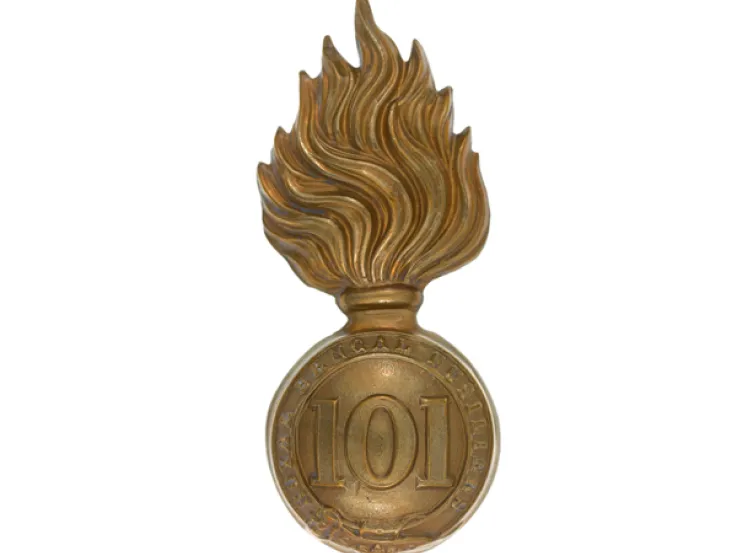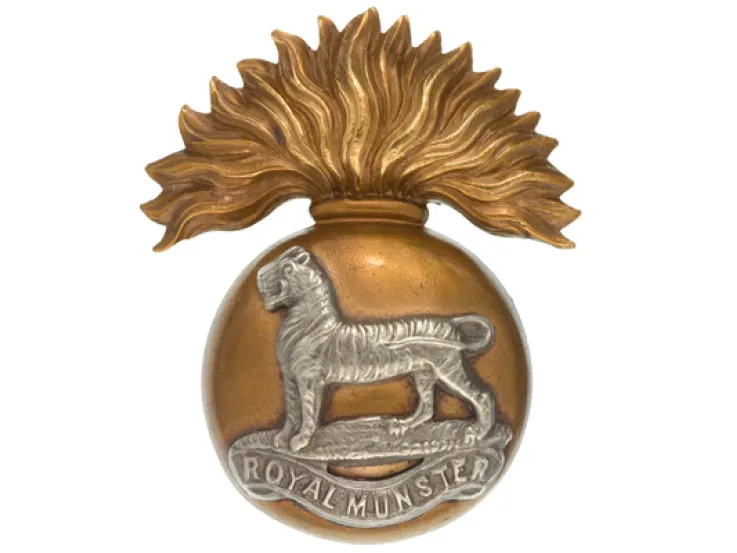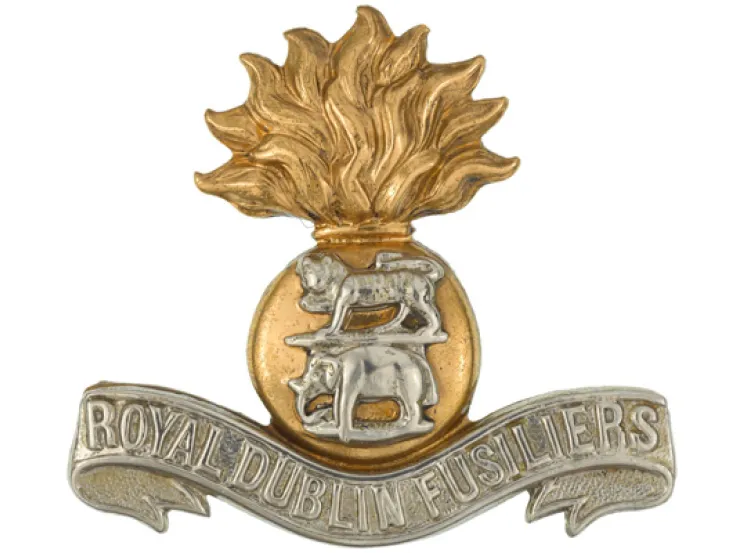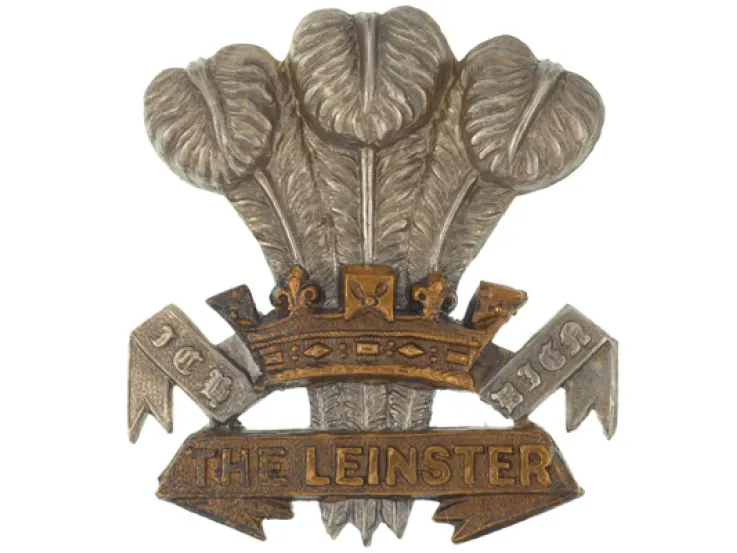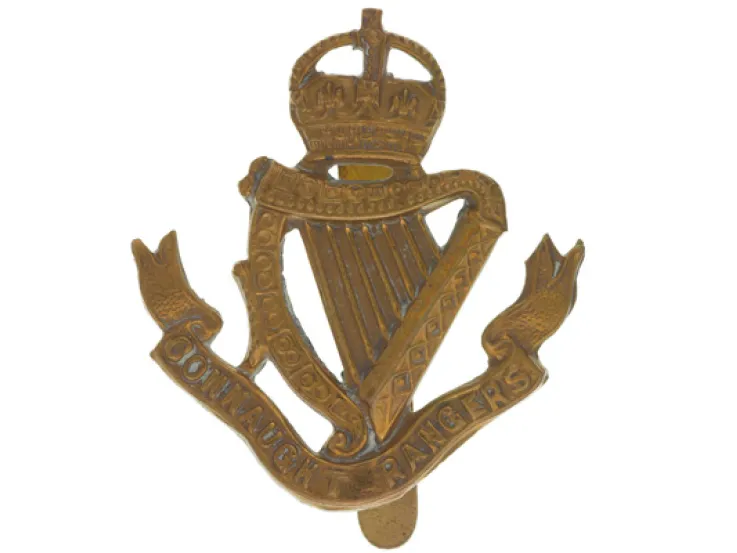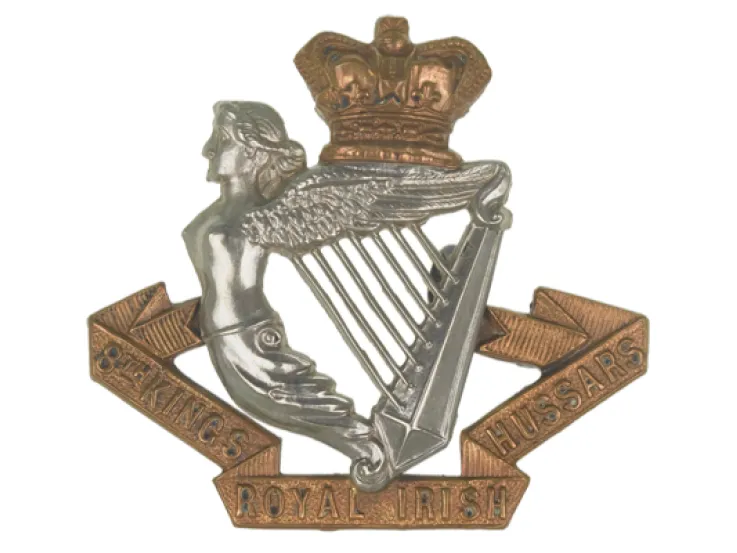Origins
This regiment’s lineage dates back to 1756, when the Bengal European Regiment was formed out of existing independent companies of non-Indian troops. This was then split into three separate regiments in 1765.
One of these was the 2nd Bengal European Regiment, also known at certain points in its history as the 2nd Bengal European Battalion. Its first action as a distinct unit was in the First Rohilla War (1773-74).
More changes
Between 1803 and 1822, the regiment was absorbed into the Bengal European Regiment’s Marine Battalion. It was briefly revived using volunteers from the 1st Bengal European Regiment, during which time it engaged at Arakan in Burma in 1825. It was then absorbed back into the 1st Bengal European Regiment in 1830.
In 1839, the 2nd Bengal European Regiment was revived again, this time under the new title of the 2nd Bengal (European) Light Infantry. Again, it was made up of volunteers from the 1st Bengal Europeans. However, its officers were drawn from the General List.
Deployments
It fought against border tribes at Shikarpore in 1845 and served with General Gilbert’s Division in the Second Sikh War (1848-49). In 1850, it swapped the title ‘Light Infantry’ for ‘Fusiliers’ and soon afterwards took part in the Second Burma War (1852-53). It also fought in the Indian Mutiny (1857-59), particularly distinguishing itself at the Siege of Delhi in 1857.
Like all other European units of the East India Company, the regiment transferred to British government control in 1858. Then, in 1862, it was given the numeral 104 in the British Army’s order of precedence.
Four other line infantry regiments with the numeral 104 had been raised between 1761 and 1817. But the Bengal Fusiliers had no link to any of them.
Legacy
In 1871, it moved to England and was then stationed in Ireland from 1877. It was still there in 1881, when it amalgamated with the 101st Regiment of Foot (Royal Bengal Fusiliers) - another former Bengal European unit - to form The Royal Munster Fusiliers.





